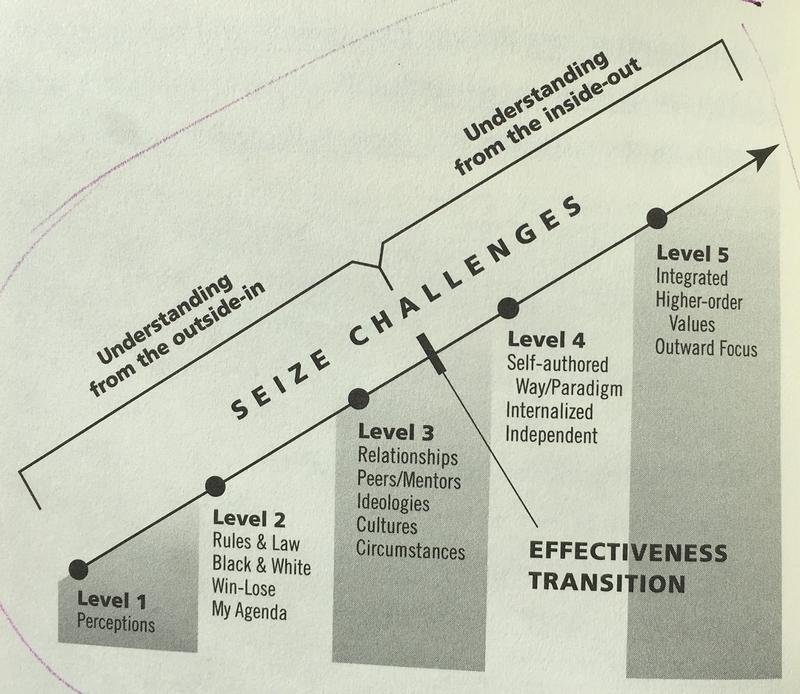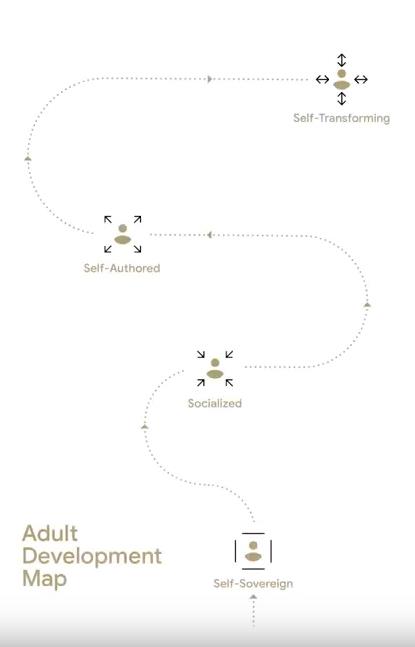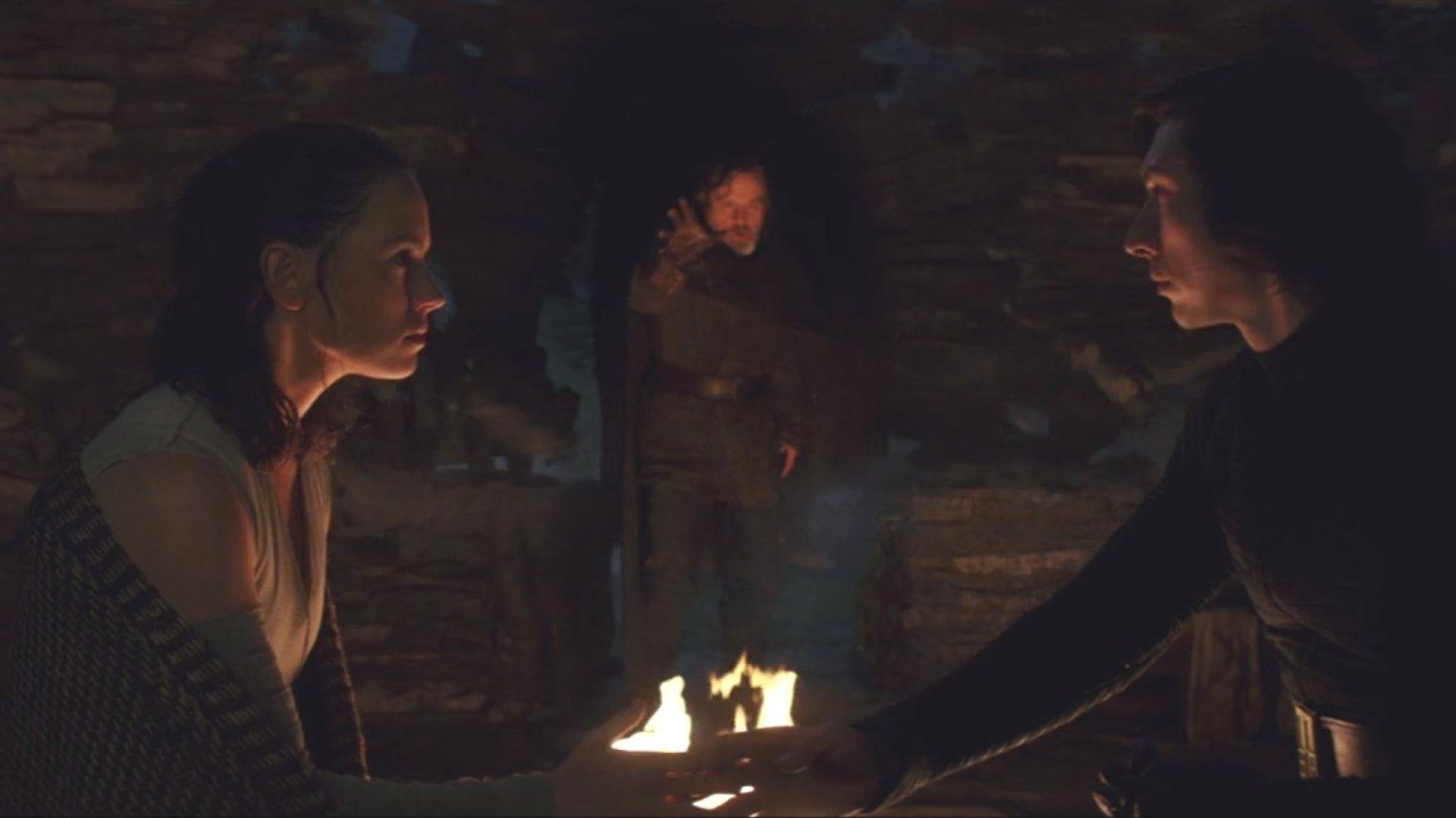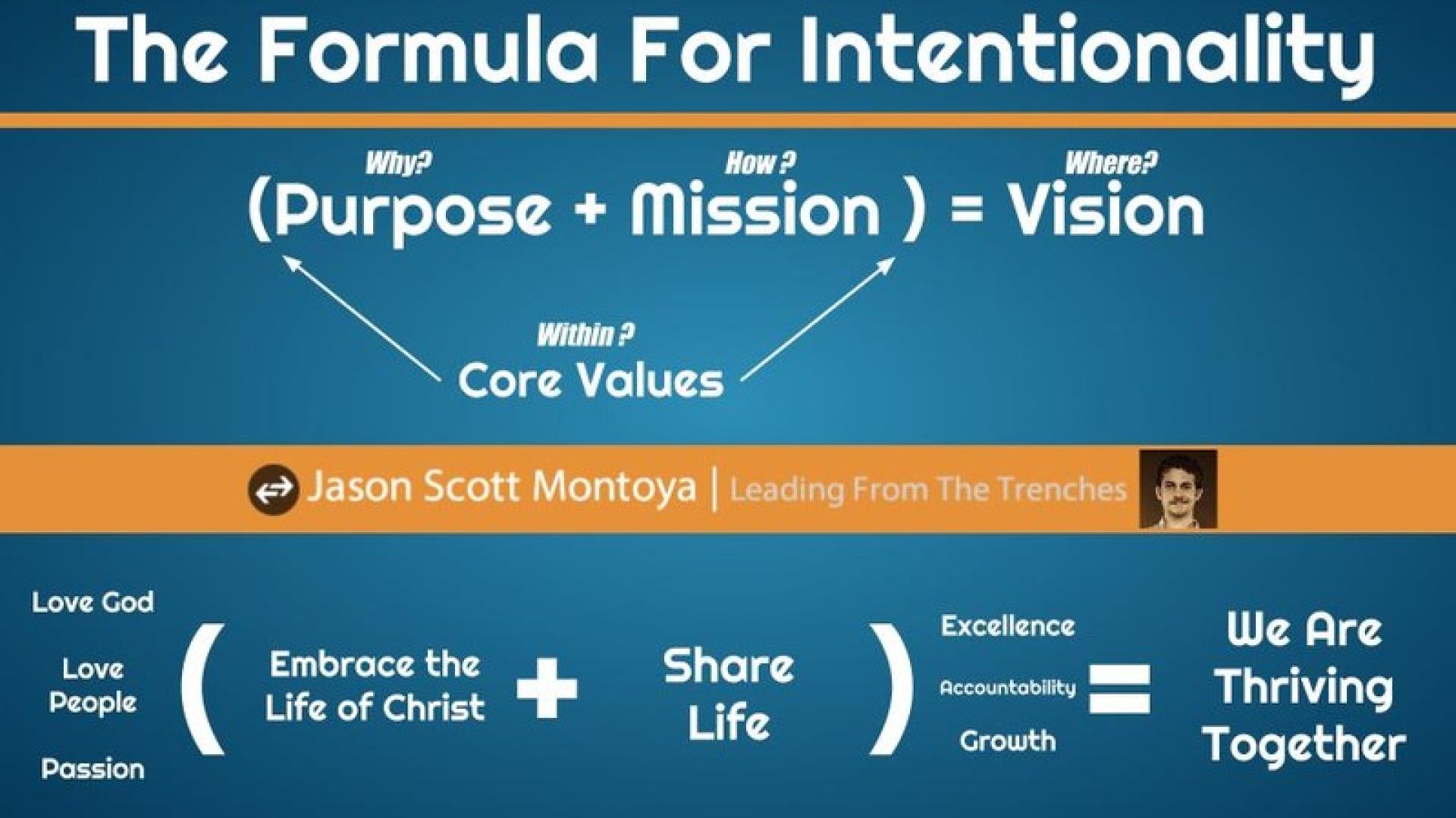
An Introduction To Constructive Developmental Theory + Related Resources
After learning from the Leaders Lyceum about Constructive Developmental Theory for the first time, I was fascinated to learn the stages of development we humans all go through (or at least have the opportunity to do so) on our journey called life. While it's not as simple or clear as the five-stage visualization infers, the structure does provide a helpful way to understand our maturity path and how we effectively accelerate our progress through it.
I'll introduce you to the theory (began by Lawrence Kohlberg and continued by Robert Kegan, Michael Basseches, and Otto Laske) and share a variety of resources (Articles, podcast, videos, and books) to help you explore the psychological concept in detail.

What Is Constructive Development Theory?
Constructive Developmental Theory is a researched concept that transcribes the human developmental process over five distinct stages from birth to death.
It’s not inevitable that every person goes through all five stages. In fact, 10% of the population never progresses beyond level two and only 10% ever reach level five.
The following quick descriptions of each of the five stages comes from Wikipedia.
- Level 1: Perception - "Purely impulse or reflex-driven (infancy and early childhood)."
- Level 2: Self-Sovereign - "The person's sense of self is ruled by their needs and wishes. The needs and wishes of others are relevant only to the extent that they support those of the person. Effectively the person and others inhabit two "separate worlds" (childhood to adolescence)."
- Level 3: Socialized - "The person's sense of self is socially determined, based on the real or imagined expectations of others (post-adolescence)."
- Level 4: Self-Authored - "The person's sense of self is determined by a set of values that they have authored for themselves (rarely achieved, only in adulthood)."
- Level 5: Self-Transforming - "The person's sense of self is no longer bound to any particular aspect of themselves or their history, and they are free to allow themselves to focus on the flow of their lives."
The following visualizations, my explanation, summary videos, articles, podcasts, and books will help you dive deeper into the structure and provide a more complete picture of this complex human phenomenon.
I had Julia Starr on the podcast. She does leadership and professional development coaching. Here's how she explained Constructive Developmental Theory.
Constructive Developmental Theory Visualizations
The adult development stages are visualized and described by the Leaders Lyceum in the following five-tier visual stair climb below. This image is from The Map: Your Path To Effectiveness In Leadership, Life, And Legacy by Keith Eigel, PhD and Karl Kuhnert, PhD.

The following visualization of the structure is by Jennifer Garvey Berger from Changing on the Job: Developing Leaders for a Complex World. This visual provides helpful labels to the final four stages (skipping the first) while providing a winding visual as opposed to a progressive leveling up.

From The Jump: My Summary of the Five Stages
Below is an excerpt from The Jump where I survey the five stages as part of the process of leveling up your business by leveling up your self. In my own words, here is how I explain them.
The first three stages are categorized as an externally shaped level of maturity. For the first several years of our lives, we’re molded by how we perceive the world around us. A Nickel is larger than a Dime; therefore, it must be worth more.
In our early teenage years, we begin to understand the rules of the world we live in, at least in a simplistic form and within proximity. Our emotional health is heavily influenced by whether we’re winning or losing, and it’s highly challenging to know or communicate more complex and nuanced layers of truth in this second stage (Self-Sovereign).
In the third stage (Socialized), we recognize other people as partners in accomplishing our individual goals. Empathy enters in, and we see needs outside ourselves. New influences, especially ones we choose (or think we’ve chosen), take a more significant stake in influencing us. Peer pressure and approval drive (or constrain) our behavior, sometimes more than we’d like.
Like the first two stages, our incomplete perspective of the world will face irreconcilable differences giving birth to the fourth stage (Self-Authored) of self-composition (once we take responsibility).
We’ve decided for ourselves who we are, and the underlying facets that determine our identity and core beliefs. While we often retain the perspectives of earlier levels, they hold less weight on how we see ourselves and the world. And, over time, our crafted paradigm will lead to effectively accomplishing and harmonizing our goals personally and professionally.
As I mentioned earlier, some point along the way, we’ll face more profound and complex challenges we won’t be able to smash through with our effective way of doing things. It’s at this final transition where we must let go our of our paradigm, just long enough to open up to other possibilities involving core values, and the harmonization of multiple entities and agendas. Consider Martin Luther King Jr. & Abraham Lincoln in their latter years as level five (Self-Transforming) leader examples.
Videos: Short Summary of Constructive Development
The following videos provide a summary explanation of the adult development framework, and the levels contained within.
-
Adult Development Map (6 Minutes) with Jennifer Garvey Berger
-
Elevated Leadership Ted Talk (18 Minutes) With Keith Eigel
-
The Further Reaches of Adult Development (20 Minutes) with Robert Kegan
- Watch my Interview, on the Share Life Podcast, with Keith Eigel about the intersection of these maturity levels and the crises we've recently faced (63 minutes)
Articles: Constructive Development
-
Constructive Developmental Framework on Wikipedia
-
Read about my experience going through the Leaders Lyceum, a training program built around constructive developmental theory.
- Natural misunderstandings of adult stage theory
- Taming the Mammoth: Why You Should Stop Caring What Other People Think
Podcast & Video Episodes: Explore The Theory
- Bregman Leadership Podcast: The Map interview with Keith Eigel & Karl Kuhnert
- Growing as Grownup Podcast Interview with Robert Kegan: The Two Endeavors of Being Human with Dr. Robert Kegan. Growing as Grown-Ups Podcast
- Upcarta: Explore all available resources by Robert Kegan
Books: Explore This Adult Development Research In Depth
The following book exploring adult development through the Constructive Development Theory contain affiliate links.
-
Changing on the Job: Developing Leaders for a Complex World by Jennifer Garvey Berger
-
The Map: Your Path To Effectiveness in Leadership, Life, & Legacy by Keith Eigel & Karl Kuhnert --> Read my Commentary on The Map
-
In Over Our Heads: The Mental Demands of Modern Life by Robert Kegan
-
Immunity To Change: How to Overcome It and Unlock the Potential in Yourself and Your Organization by Robert Kegan & Lisa Lahey













